

|
|
|


|
|
1/10 Scale Electric Formula One Car:
Kyosho Ferrari F92A - 4217
|
Released by Kyosho in 1992, the Ferrari F92A Formula 1 Racing Car - # 4217 - was based on the car driven by Jean Alesi, Ivan Capelli and for the last two races of the season Nicola Larini, in the 1992 F1 Championship, finishing 4th in the Constructors' Championship with twenty one points.
The unassembled kit came with an unpainted polycarbonate Bodyshell, a Le-Mans 05 Motor, and molded plastic Wheels with foam tires. A Radio System, ESC, Battery and Charger to be purchased separately.
Now considered rare, all the early 1990s Kyosho F1 RC models are much sought after by ardent collectors the world over.
Check out our Kyosho Archive for other F1 models.
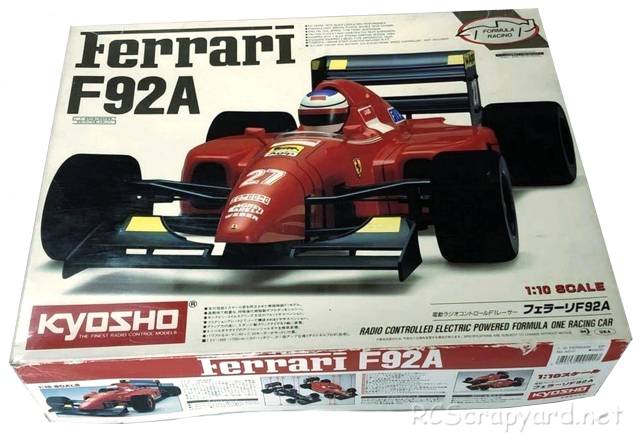
The new version of the 2WD model is based on a molded plastic double deck chassis, with flexible rear T-Bar, un-damped central coil spring with friction plate damping, front coil spring over king-pin, A-arm wishbone suspension, a gear type differential, fixed rear axle and bushings, that after a short while, when dust and grit get into them, can abrade the metal axle that spins in them. If you are building this kit to race seriously these should be replaced by steel ball bearings ASAP.








|
|
|

★ Kyosho Ferrari F92A - 4217 ★
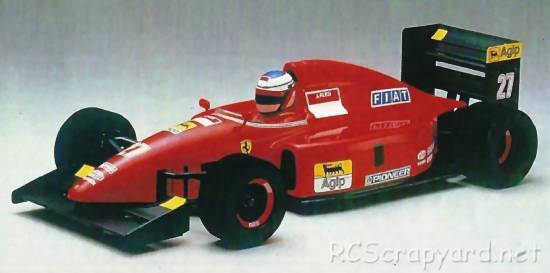
★ Ferrari F92A ★
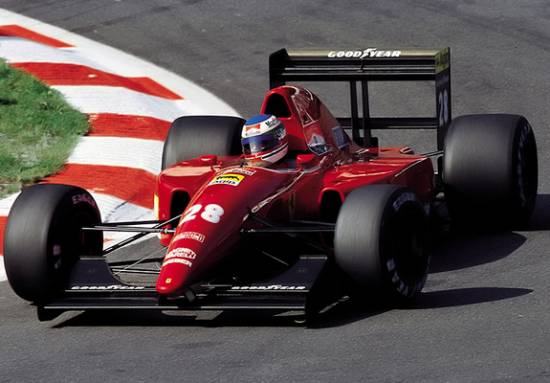
★ Kyosho Ferrari F92A - Chassis ★
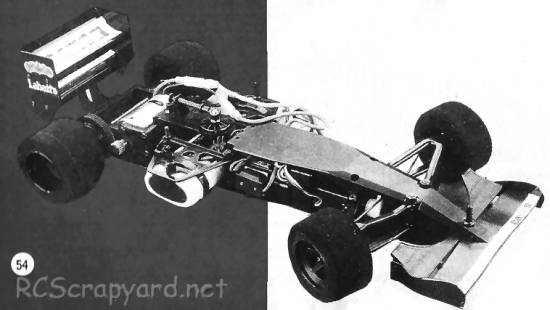
★ Kyosho Ferrari F92A - Chassis ★
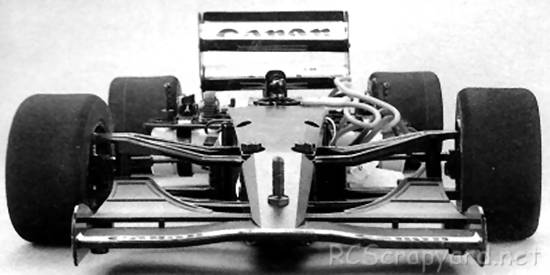
★ Kyosho Ferrari F92A - Chassis ★
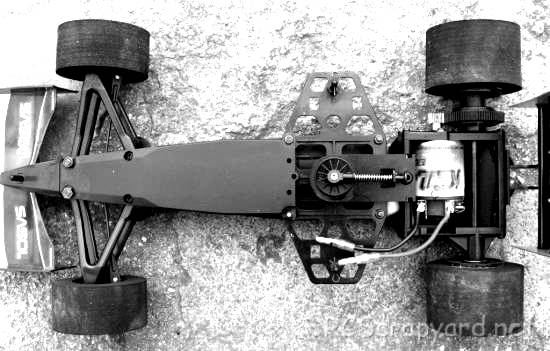
★ Kyosho Ferrari F92A - Chassis ★
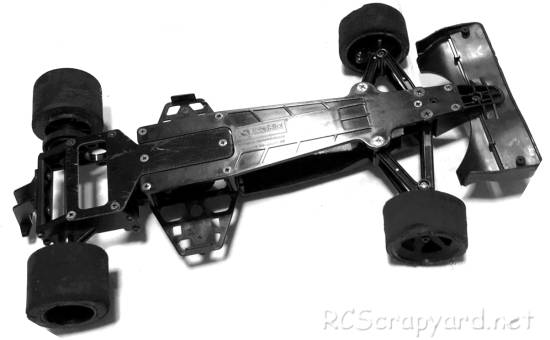
★ Kyosho Ferrari F92A - Chassis ★
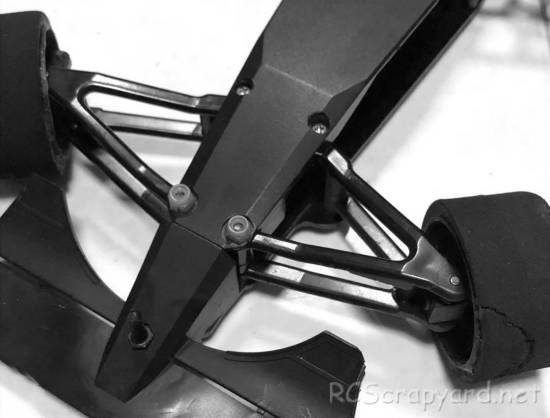
★ Kyosho Ferrari F92A - Chassis ★
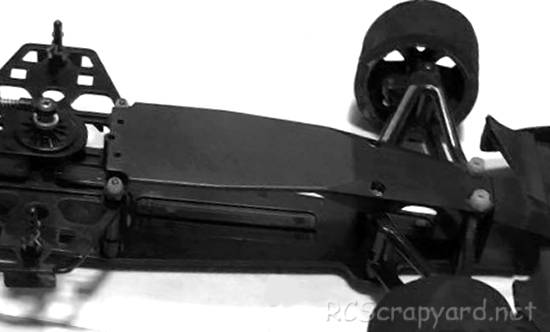
★ Kyosho Ferrari F92A - Chassis ★
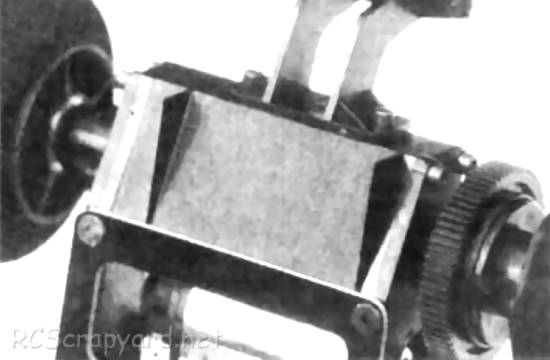
|
Buying a Used Radio Controlled Model
|
|
Manufacturers and Brands Catalogued, Listed and Reviewed by RC-Scrapyard.
At present, the RC Model Manufacturers, Brands and Distributors covered by us are: ABC Hobby, Academy, Acme Racing, Agama Racing, Amewi, Ansmann Racing, ARRMA, Team Associated, Atomic RC, Axial, AYK, Bolink, BSD Racing, Capricorn, Carisma, Carson, Caster Racing, Cen, Corally, Custom Works, Durango, Duratrax, ECX - Electrix, Exceed RC, FG Modellsport, FS-Racing, FTX, Fujimi, Gmade, GS-Racing, Harm, HBX, Helion, Heng Long, Himoto Racing, Hirobo, Hitari, Hobao, Hong-Nor, Hot Bodies, HPI, HSP, Intech, Integy, Jamara, JQ Products, Kawada, Kyosho, Losi, LRP, Maisto, Mardave, Marui, Maverick, MCD Racing, Megatech, Mugen, New Bright, Nichimo, Nikko, Nkok, Ofna, Pro-Pulse, Protech, PTI, RC4WD, Redcat Racing, RJ-Speed, Robitronic, Schumacher, Seben, Serpent, Smartech, Sportwerks, Step-Up, Tamiya, Team-C Racing, Team Magic, Thunder Tiger, Tomy, Top Racing, Traxxas, Trinity, Tyco, Vaterra RC, Venom, VRX Racing, WLToys, X-Factory, Xmods, Xpress, Xray, XTM, Yankee RC, Yokomo, ZD Racing and Zipzaps. |
|
Hints, Tips and Information
Battery Connectors
Over the years I have been racing radio controlled model cars of all descriptions, I have tried a number of different connectors for my batteries.
|
|
Hints, Tips and Information
Gearing to Win
Just because you have the latest model, the best available batteries, the most powerful electric motor or nitro engine, doesn't mean you will go out and win everything in sight. The fastest car on the track is rarely the one that wins, it's the one that can accelerate out of corners under control, and remains consistent and efficient from the start to the end of a race.
|
|
RC Models:
|
Radio & Motors: |
Other
Accessories: |